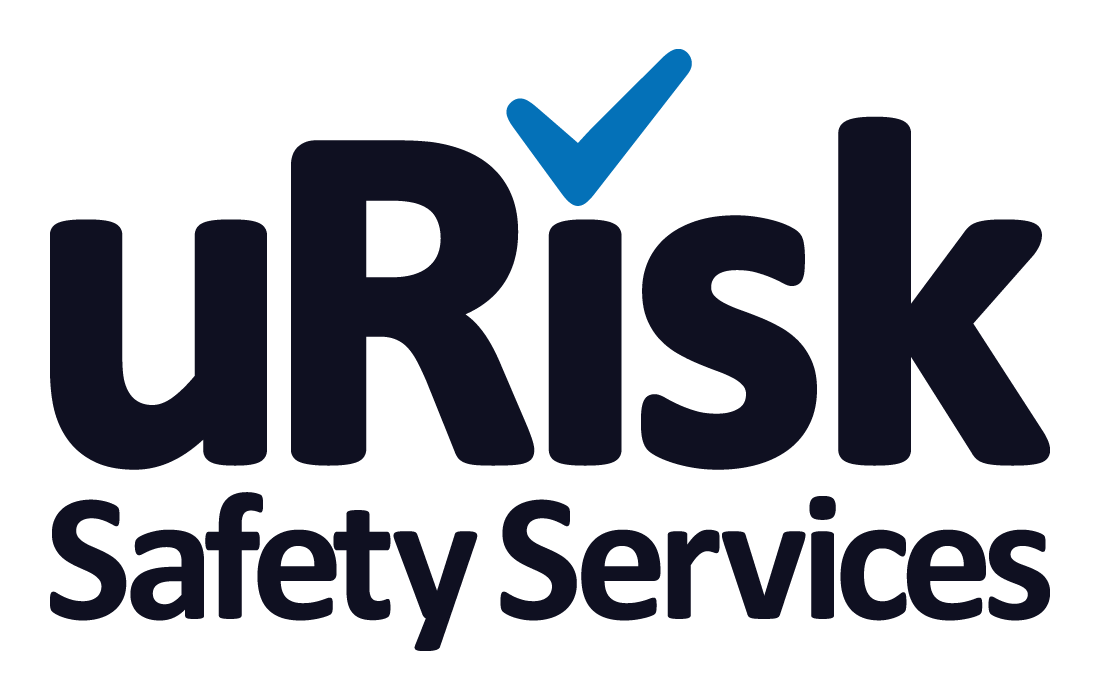No Results Found
The page you requested could not be found. Try refining your search, or use the navigation above to locate the post.
The Risks to Sports Centres from the Legionella Bacteria
Sports centres and sports clubs need to take the threat of legionella bacteria seriously. Water is an essential element of a sports facility, whether it’s for showers, swimming pools, spa pools, bathroom facilities, hoses, or sprinkler systems for playing fields.
However large or small your sports centre or sports club, you must appoint a responsible person to manage and control risks. This person must have the training, knowledge and authority to be able to implement strategies and carry out operational procedures competently in order to prevent and control the bacteria.
As legionella thrives in stagnant water, extra care needs to be taken in humid surroundings and with recirculated air. That means air conditioning and shower facilities are of particular concern, and if your centre has a pool or steam room, you also need to take precautions.
Teaching staff about the dangers of legionella
An important part of risk management is to educate staff about the bacteria. When cleaning the showers and changing rooms, for example, if they understand why it’s important to ensure no puddles are allowed to stagnate, they’re more likely to keep these areas clean and dry. The dangers of stagnant water are also the reason why your staff need to report blocked drains or broken showerheads, enabling them to be fixed as soon as possible.
Regular Legionella testing
The Health & Safety Executive’s Guide for dutyholders states: “Under general health and safety law, as an employer or person in control of a premises … you have health and safety duties and need to take suitable precautions to prevent or control the risk of exposure to legionella.” It continues: “Carrying out a risk assessment is your responsibility and will help you to establish any potential risks and implement measures to either eliminate or control risks. You may be competent to carry out the assessment yourself but, if not, you should ask someone with the necessary skills to conduct a risk assessment.”
There are no official guidelines as to how frequently legionella testing needs to be carried out, but we usually recommend annual testing or when you think there may be a problem. Legionella bacteria can double within 15 minutes, so it is also important to review your risk assessment regularly and keep records.
If you would like advice about the best practices for your sports centre or sports club, we can carry out a detailed legionella risk assessment that will make recommendations for best practice, including the regularity of testing.
Further information
If you want to find out more about legionella, you are very welcome to join one of our free legionella webinars. Education is an important part of the control of the bacteria, which is why it is important to do what we can to spread the safety message.
We also run an online Legionella Awareness Course aimed at dutyholders and responsible persons. It is only £35 (+ VAT) and covers topics such as legal requirements, medical, the background of legionella, and ongoing monitoring requirements.
Legionella and Water Hygiene Blog Posts
What Is a Legionella Course, and What Does It Entail?
Training courses are an important part of any job, and not just as a way of enhancing your professional skills. Under health and safety law, learning how to keep your staff and visitors safe is a vital part of your business responsibilities, and legionella courses are...
Essential Legionella Course: Prevention and Control Strategies
Under UK health and safety law, the management and control of legionella is an essential part of the duties of building owners, duty holders, facilities managers, employers or responsible persons. It is a duty holder’s responsibility to ensure there are adequate...
Certified Water Chlorination Courses: Your Path to Water Safety
Chlorination is an important part of cleaning and disinfection in cold water systems. But chlorine needs extremely careful handling, so any legionella disinfection course must include a basic understanding of chlorination chemistry, chlorination methods and chlorine...



